
In the echelons of American sea power, the U.S. Navy’s Ford-class aircraft carriers stand as behemoths of naval engineering, wielding both awe-inspiring capability and equally immense controversy.
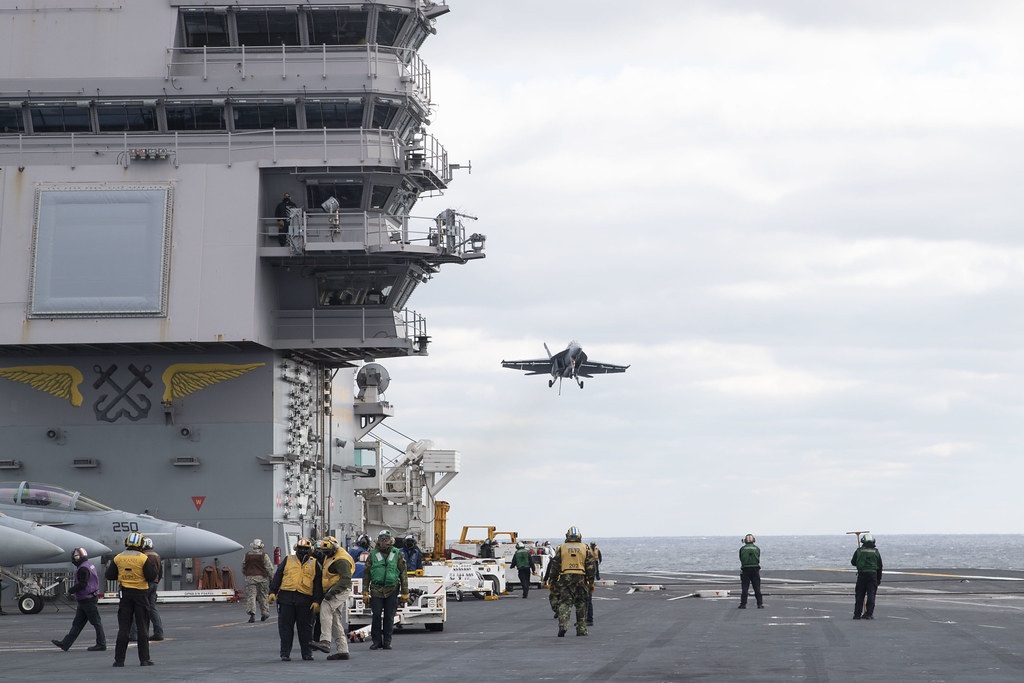
Named after the 38th President of the United States, the USS Gerald R. Ford spearheads a fleet of new carriers with a build cost of $13 billion each, culminating in an overarching $120 billion program.

As these state-of-the-art vessels navigate the turbulent waters of modern warfare, their strategic relevance and fiscal prudence are fiercely debated.
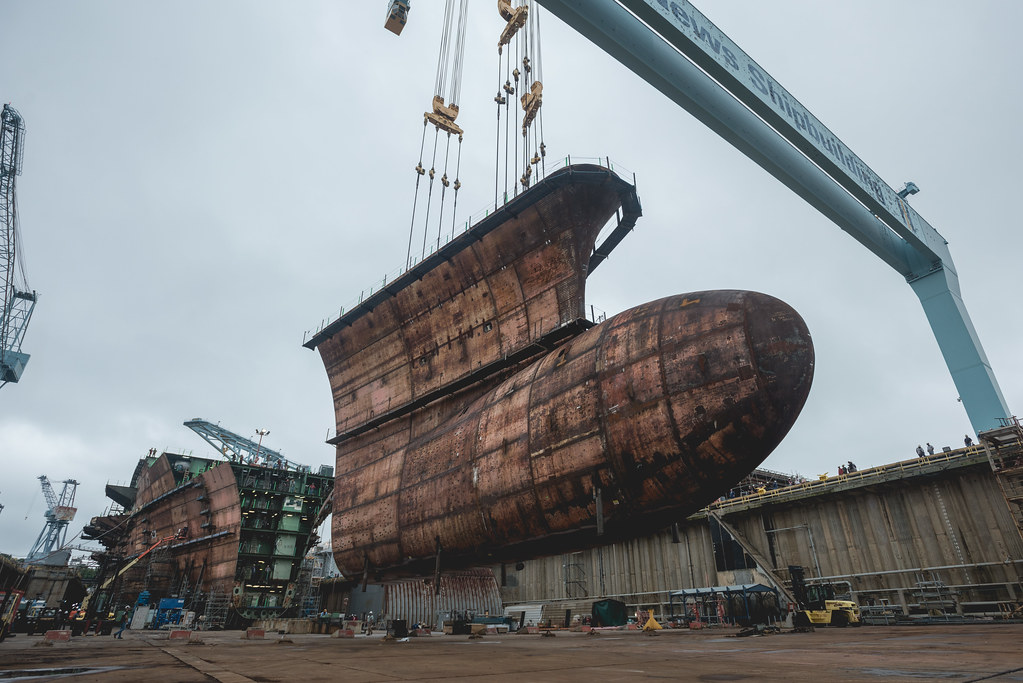
The USS Gerald R. Ford, with its advanced technology capable of ferrying 90 aircraft, is designed to dominate the waves through sheer power and unprecedented efficiency.

Hailed as a masterpiece, it flaunts a nuclear power plant enabling prolonged deployments, along with a stealthier profile that underpins its ability to operate for extended periods in contested spaces.
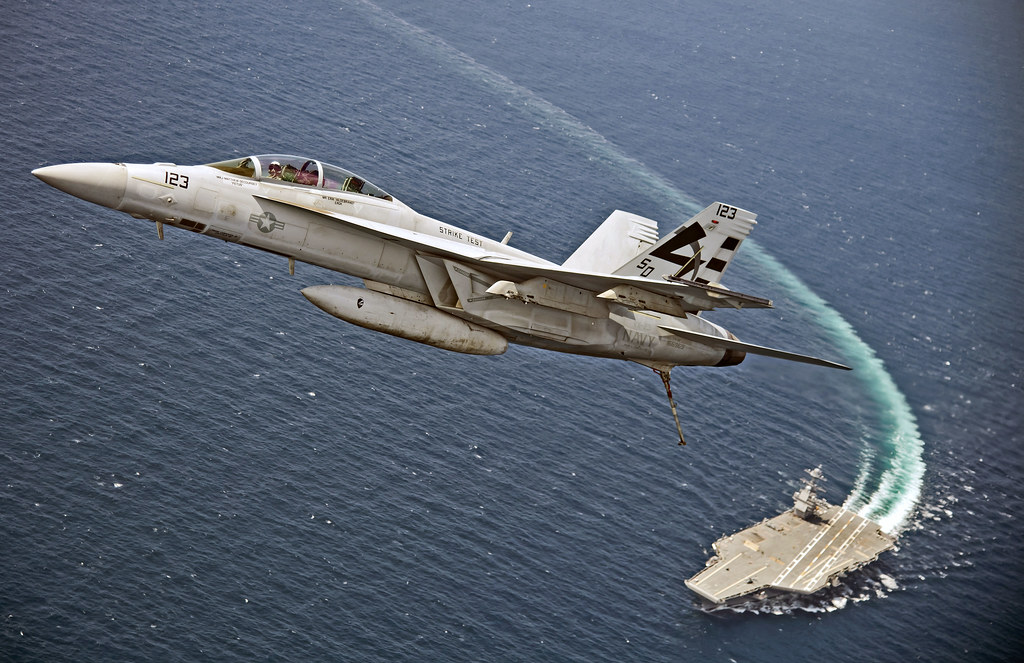
Yet, the splendor of the Ford-class carriers is shrouded by questions of practicality amidst changing naval dynamics. Critics point to vulnerabilities against anti-access/area denial (A2/AD) strategies, a domain where adversaries have found cost-effective ways to challenge traditional naval might.

The introduction of agile, stealthy platforms such as submarines and the development of hypersonic missiles suggest a shift toward nimbleness and rapid response – a tactical evolution where hulking carriers may find themselves outpaced.
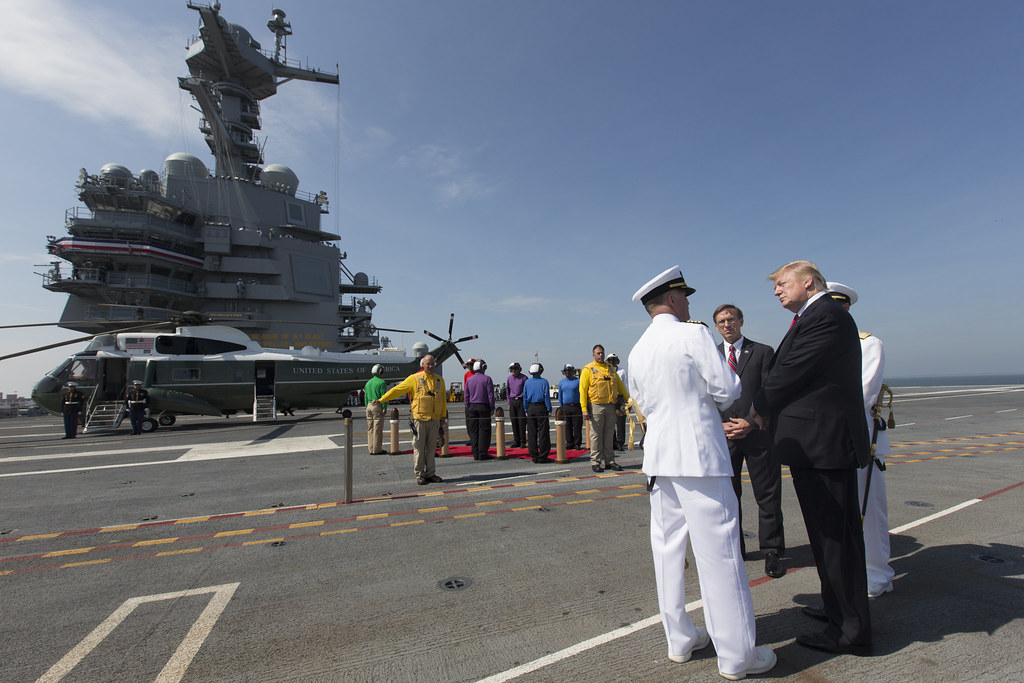
During its maiden voyage to the Middle East, the USS Gerald R. Ford aimed to showcase its capabilities amidst global tensions.
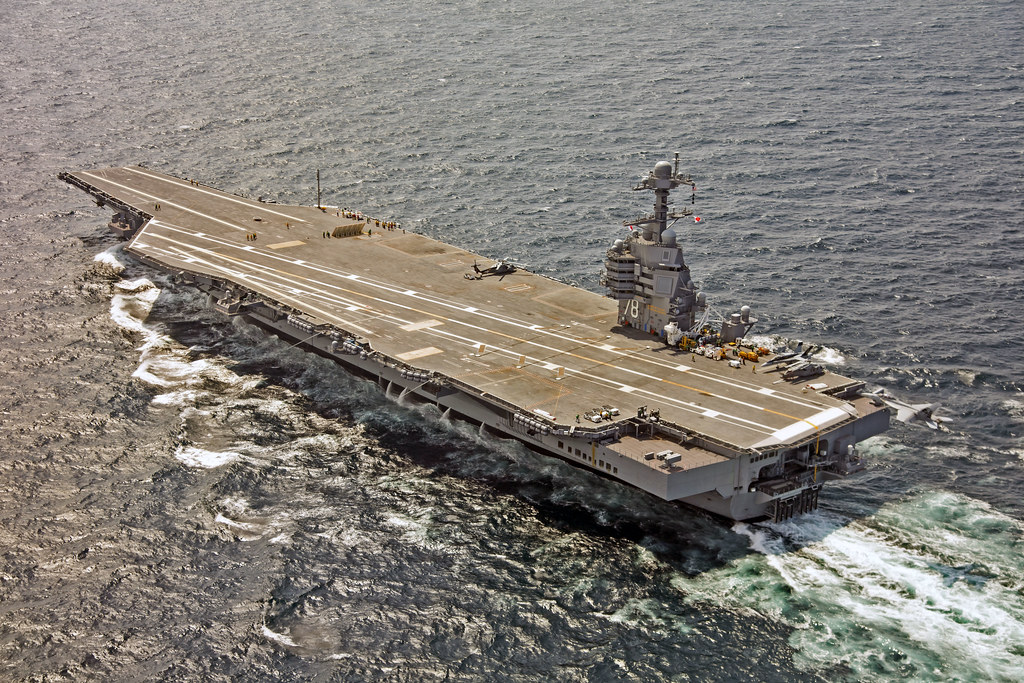
Navy Secretary Carlos Del Toro expressed the nation’s pride in the ship’s performance, stating, “This carrier strike group also provided the deterrent factor to try to keep the war from escalating as well, too.” The ship launched over 8,000 sorties, signaling its operational readiness, even as questions about justification of its price tag linger.
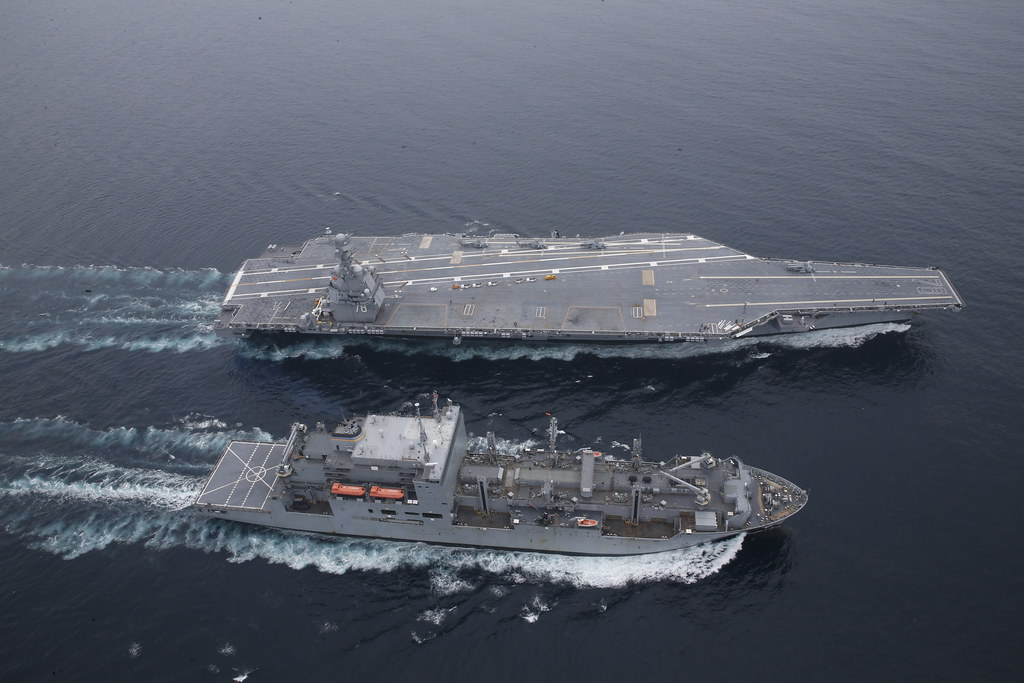
The debate rages on whether the Ford-class is worth the $120 billion investment, especially considering the existing supercarrier fleet of the U.S. Some argue for a leaner, more effective force, pointing to the potential sufficiency of a smaller number of carriers for maintaining strategic posture and the ability to fight simultaneous conflicts.
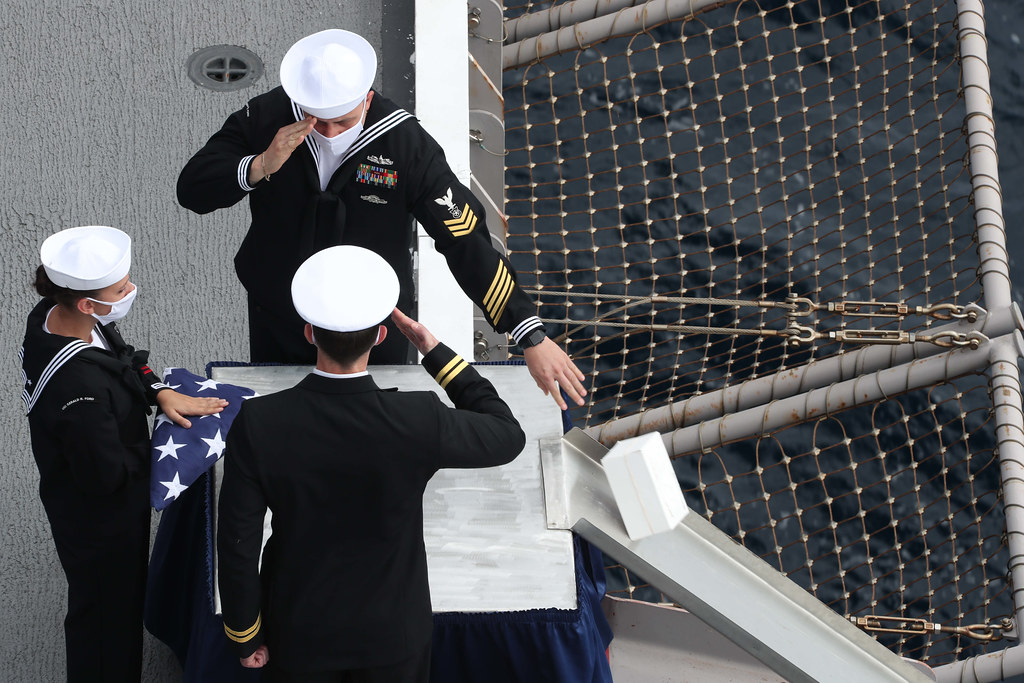
On the other hand, proponents of the Ford-class emphasize the need for modernization and preparation for the future, even as the venerable Nimitz-class carriers continue to serve.
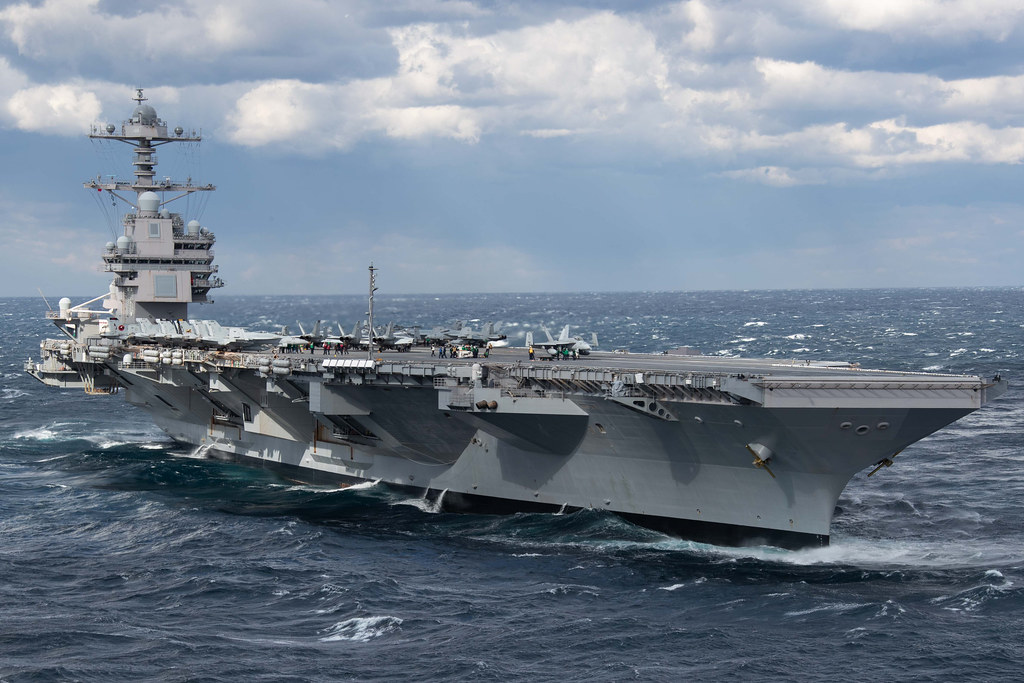
Despite the Ford’s maiden mission success, the program is not without its challenges. Delays in the delivery of future carriers and concerns about supply chain disruptions reveal the program’s vulnerability to external factors.

Savings anticipated from block buys may alleviate some financial strain, but congressional approval remains a necessary hurdle.
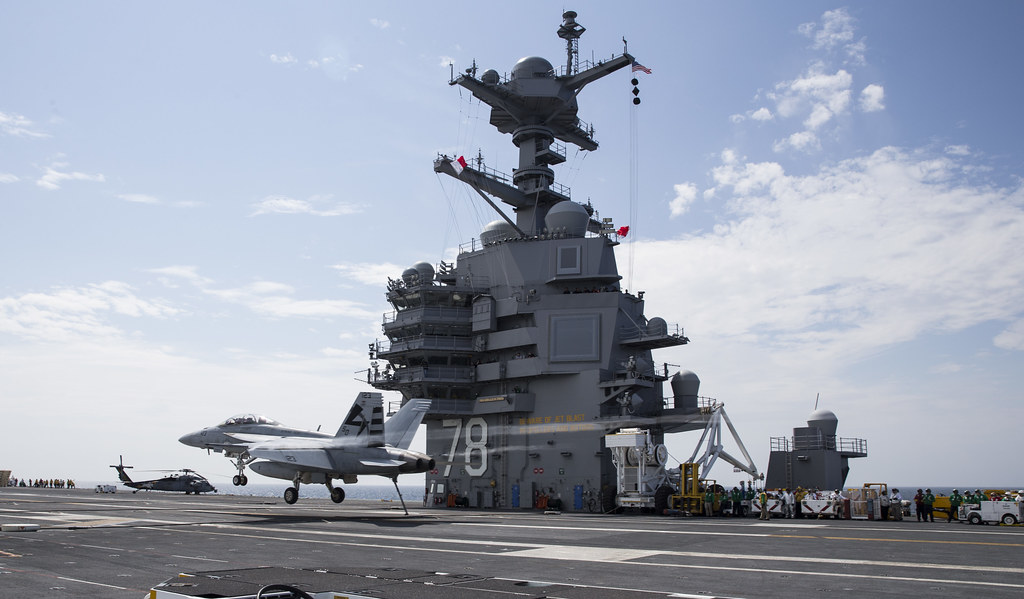
While the Ford-class represents a quantum leap in carrier capabilities with improved sortie generation rates and revolutionary technologies like the Electromagnetic Aircraft Launch System (EMALS), the debate remains unresolved.

In an era where technological advancements redefine the rules of engagement, the Ford-class carriers sail a fine line between being a testament to American ingenuity and a potential strategic miscalculation in an age of rapid and unpredictable change.
Relevant articles:
– U.S. Navy’s New Ford-Class Carrier: How to Waste $120 Billion, The National Interest
– U.S. Navy Ford-Class Aircraft Carrier: A Waste of $120 Billion?, The National Interest
– Middle East mission was a chance to justify aircraft carrier’s price tag, npr.org
– U.S. Navy’s Ford-Class Carriers: Sail or Sink in the Face of Advanced Threats?, Trendy Digests

